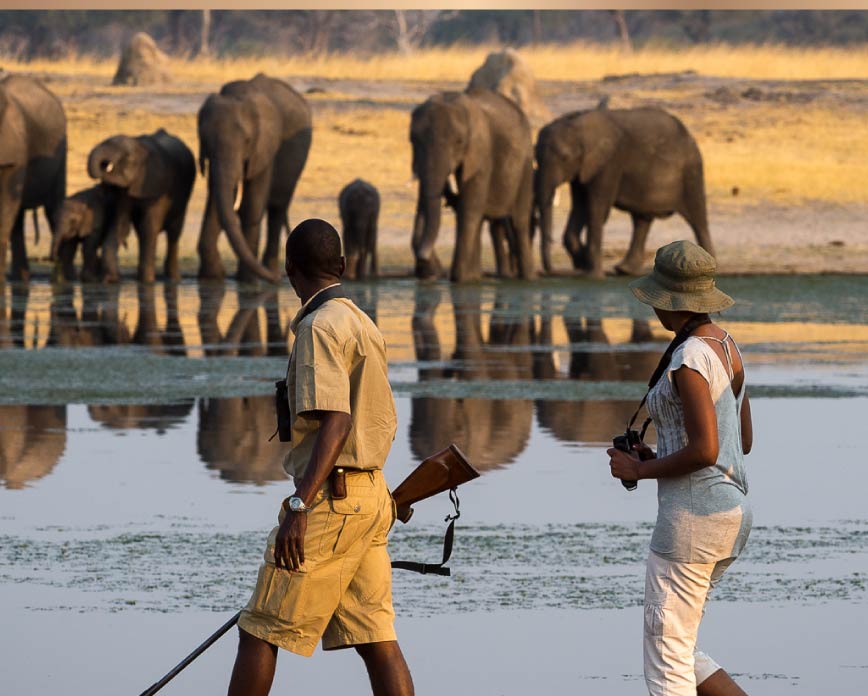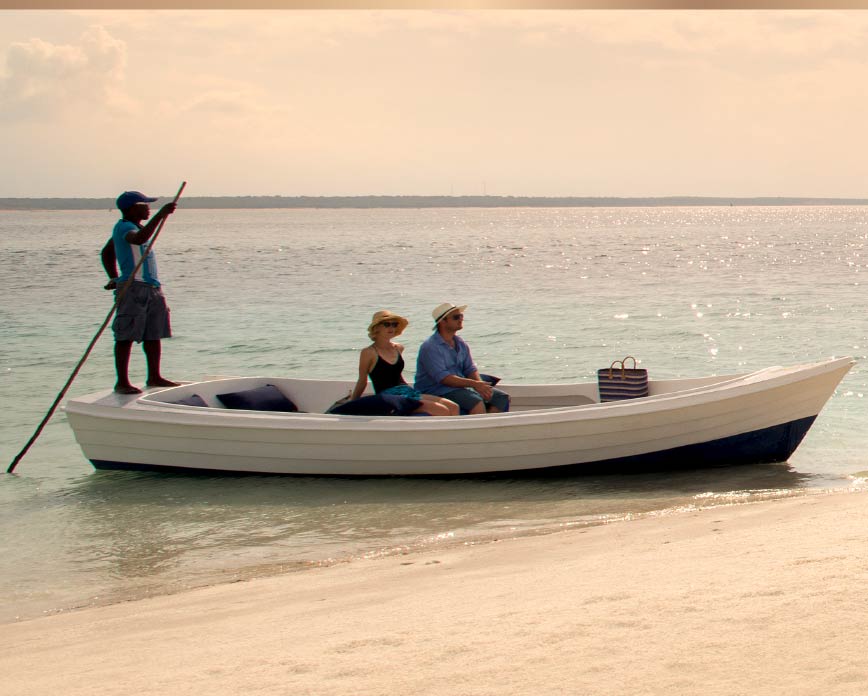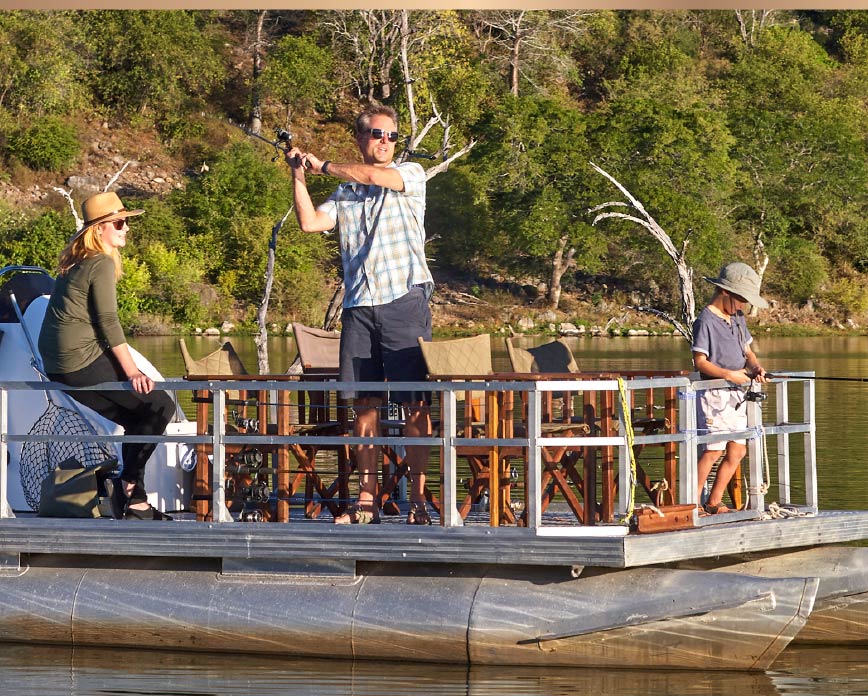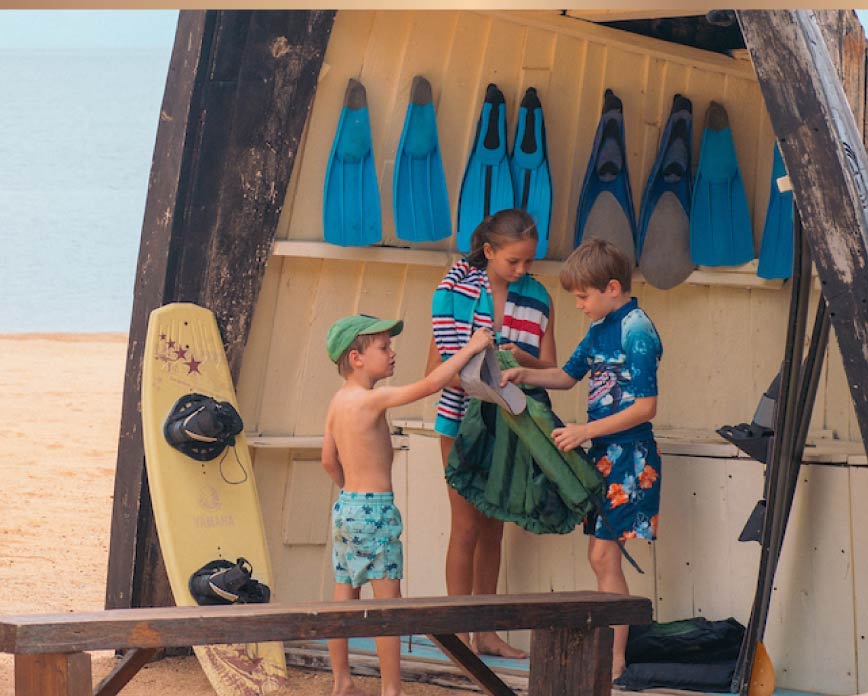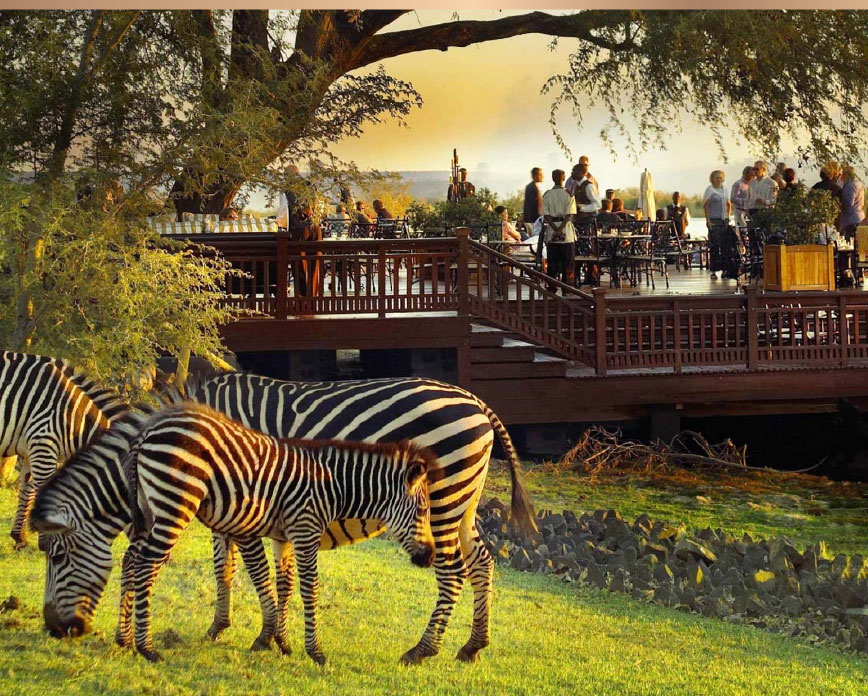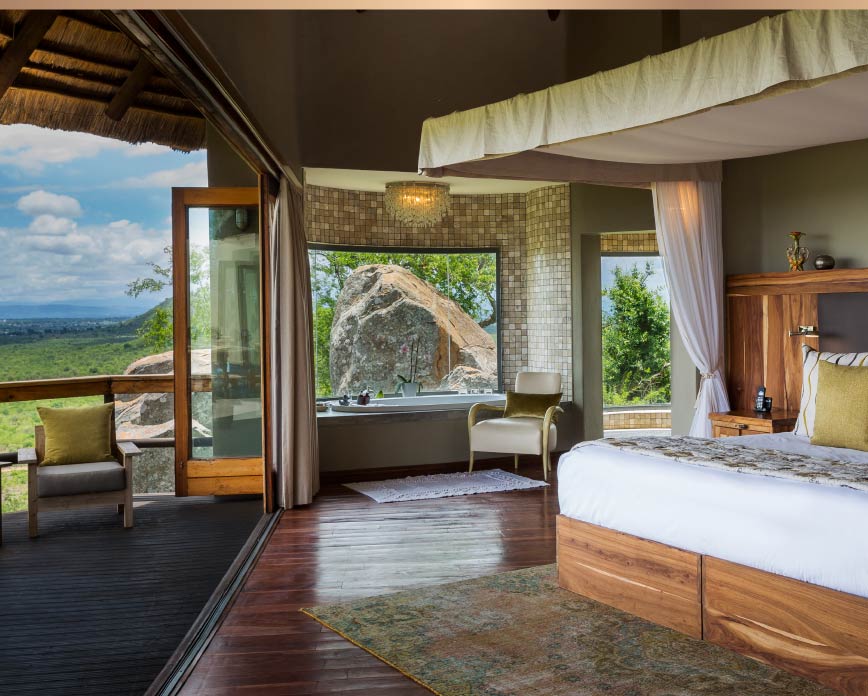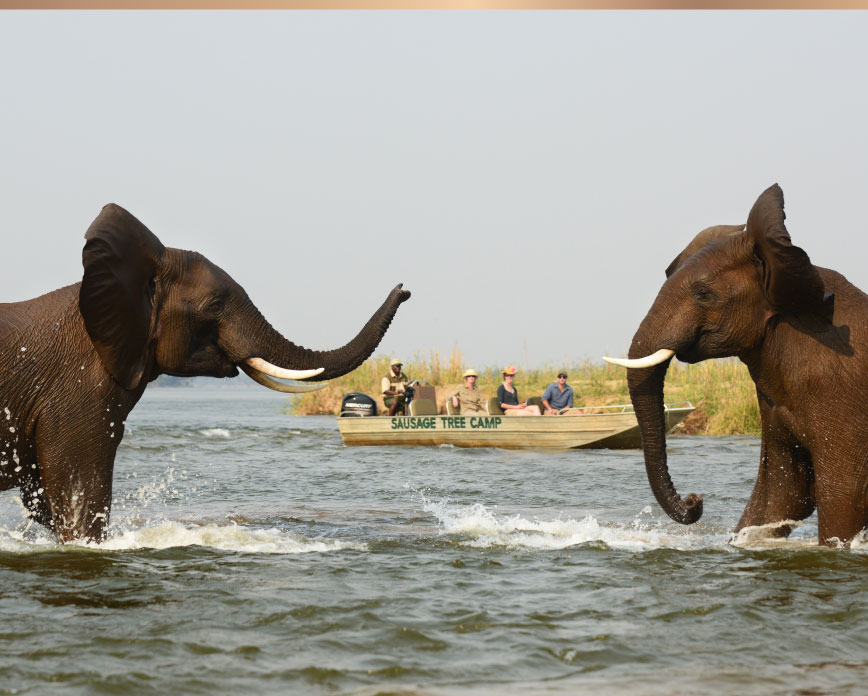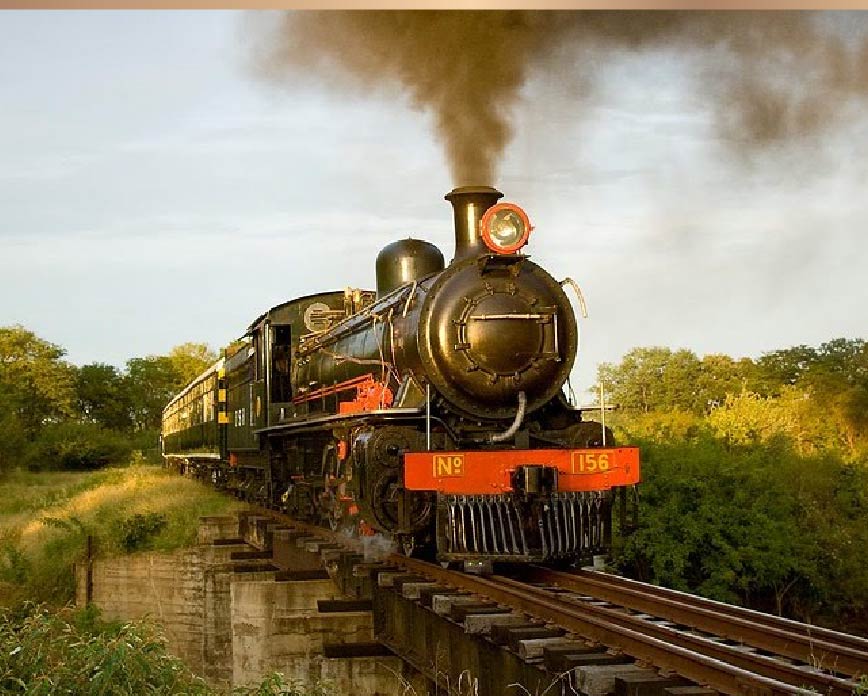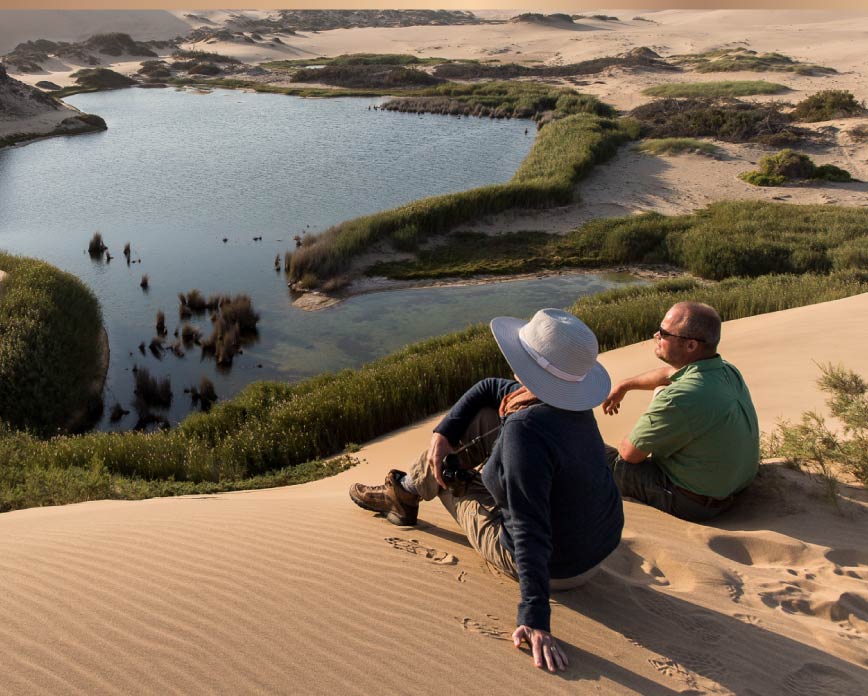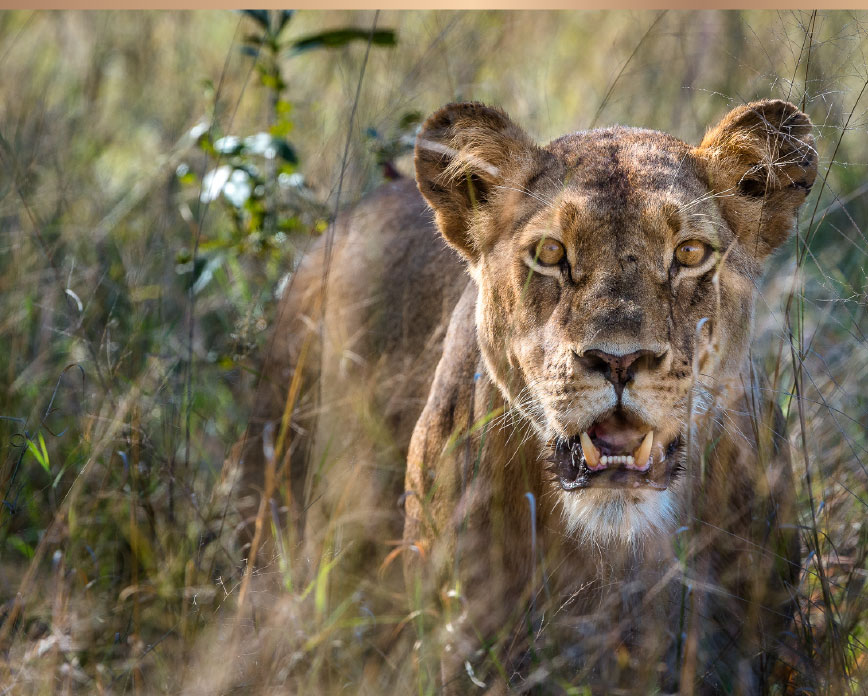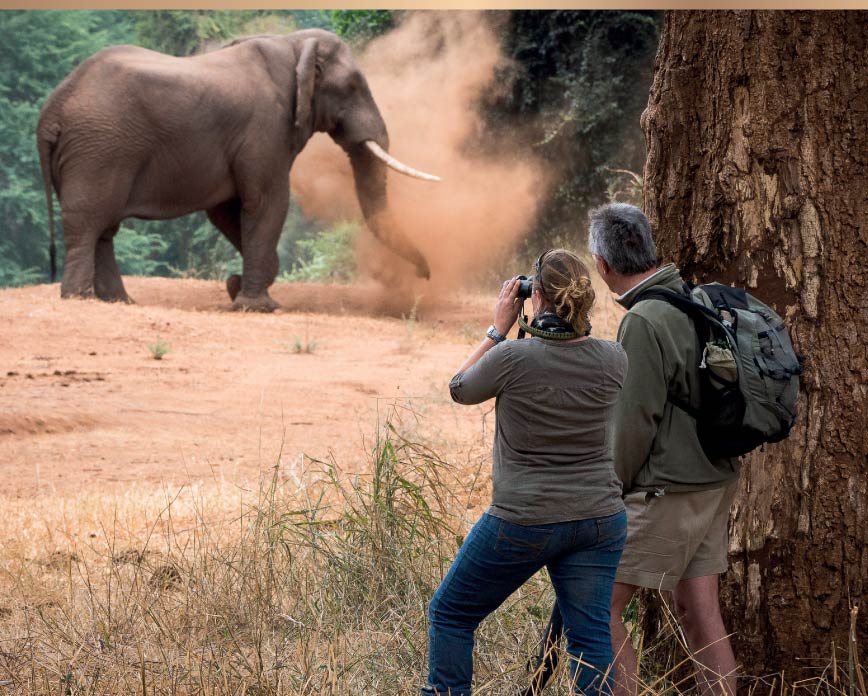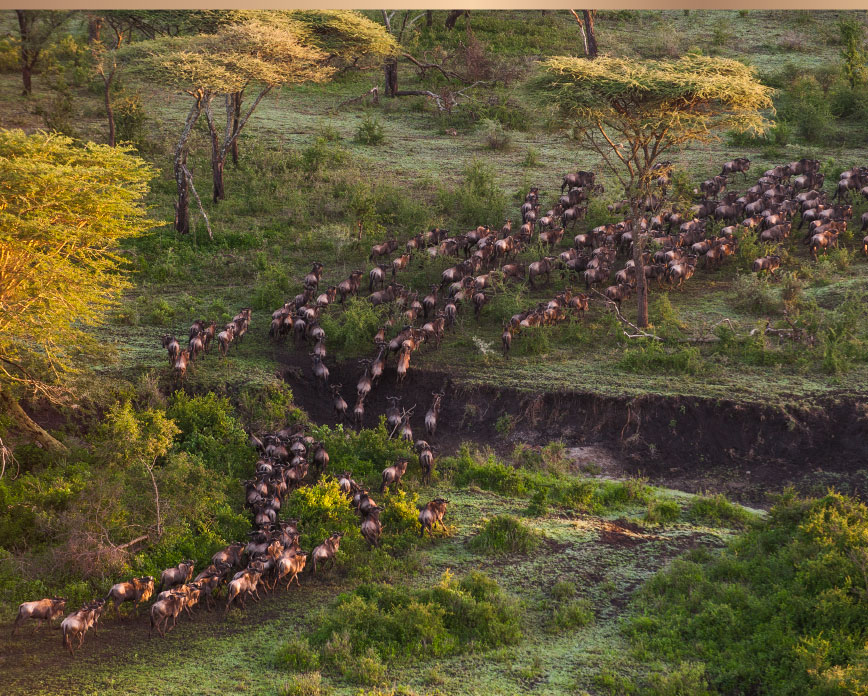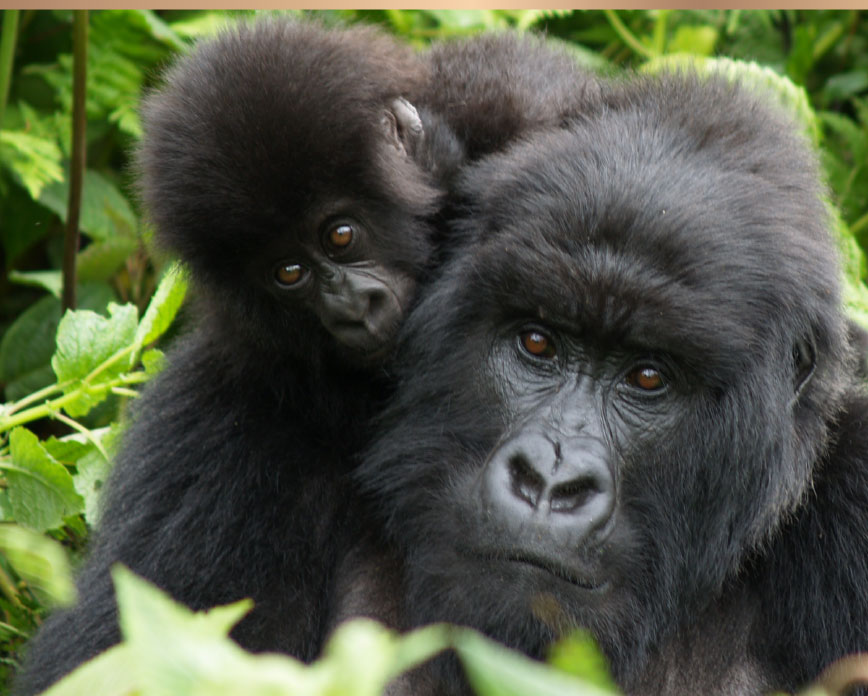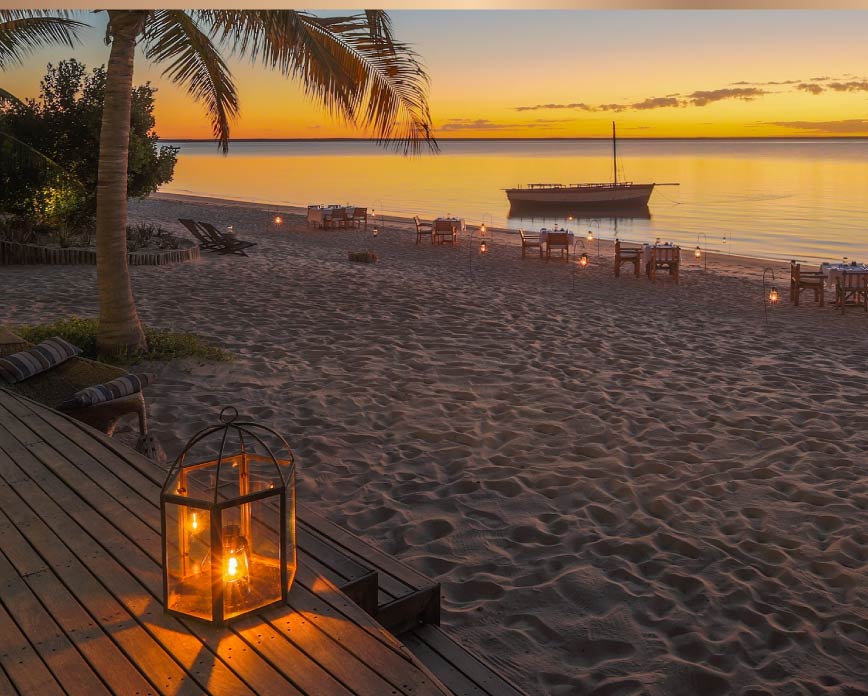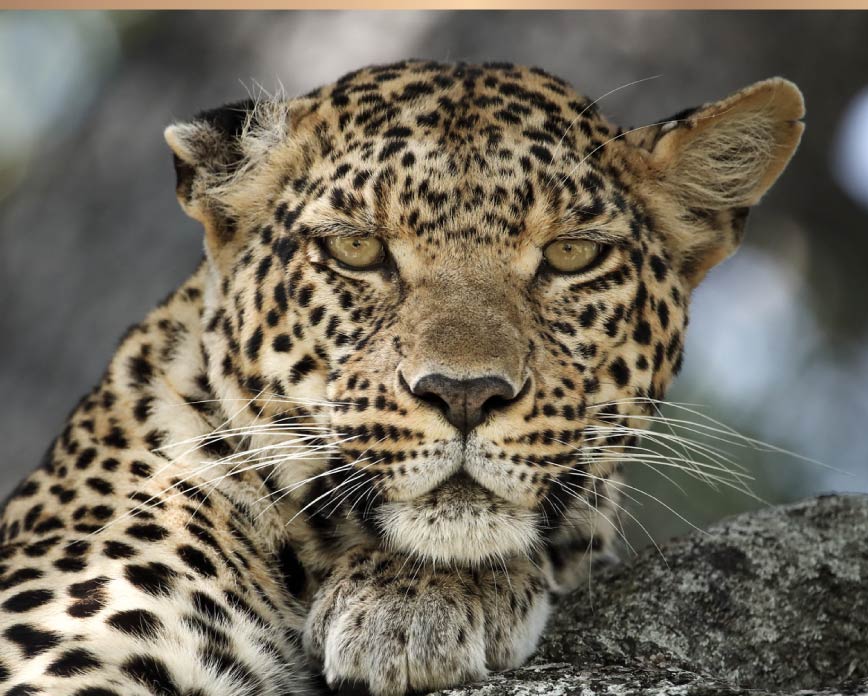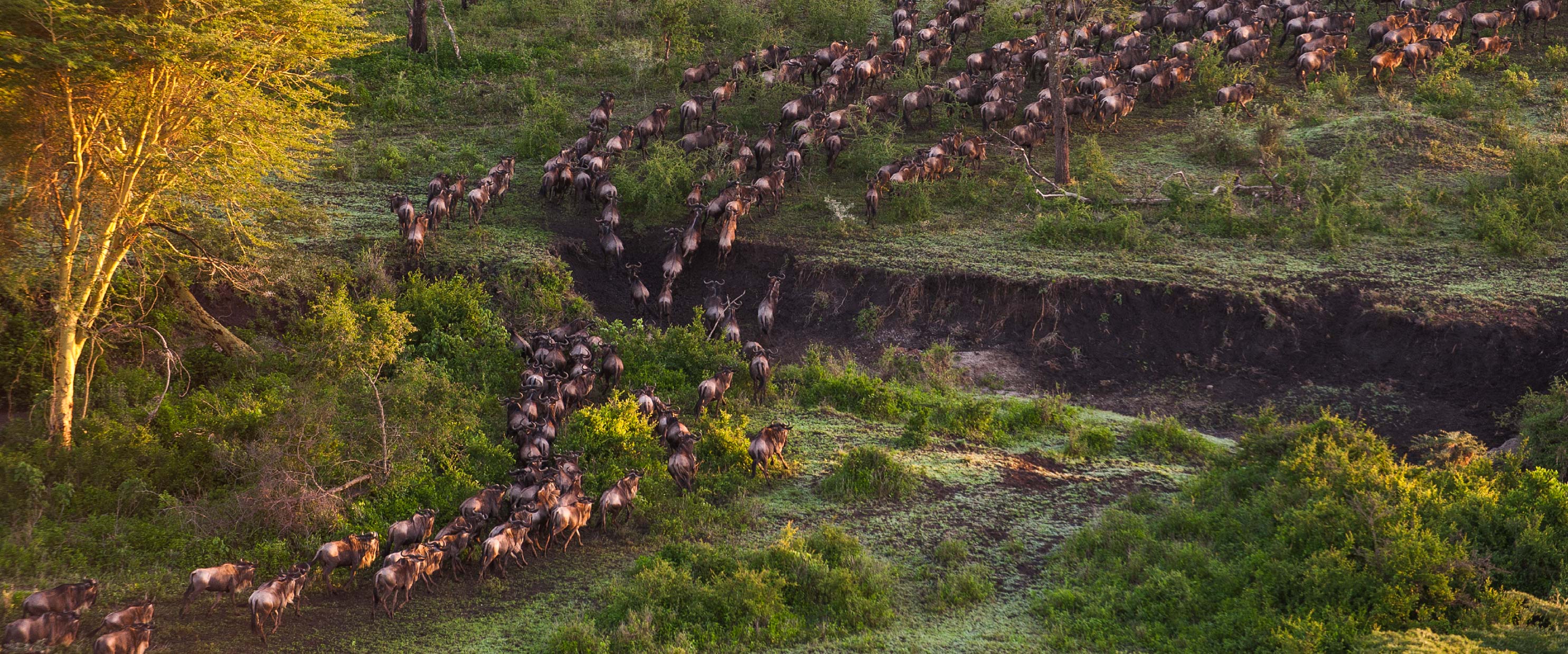

GREAT ANIMAL MIGRATION
GREAT ANIMAL MIGRATION
Serengeti National Park, one of the most celebrated parks in Africa and Tanzania’s oldest, is a UNESCO World Heritage Site.
Serengeti National Park, one of the most celebrated parks in Africa and Tanzania’s oldest, is a UNESCO World Heritage Site.
The world-famous Great Wildebeest Migration—a natural, annual phenomenon—unfolds here.
An event during which hundreds of thousands of wildebeest, gazelle and zebra charge across the plains of the Serengeti National Park in search of greener grass and fresher water.
The world-famous Great Wildebeest Migration—a natural, annual phenomenon—unfolds here.
An event during which hundreds of thousands of wildebeest, gazelle and zebra charge across the plains of the Serengeti National Park in search of greener grass and fresher water.
Up to two million animals in total are part of this marvel, ‘The Greatest Show On Earth’.
Up to two million animals in total are part of this marvel, ‘The Greatest Show On Earth’.
The precise movements of this spectacular spectacle are unpredictable. Each year, the rains determine timings and routes, but a rough schedule helps guide ideal travel times. It all depends on which part of the cycle one wants to observe. Being in the right area in the right season is key.
The animals typically move around in a clockwork motion from December to June in Tanzania before over two million wildebeest, zebras and gazelles cross the Mara River into Kenya from July.
The precise movements of this spectacular spectacle are unpredictable. Each year, the rains determine timings and routes, but a rough schedule helps guide ideal travel times. It all depends on which part of the cycle one wants to observe. Being in the right area in the right season is key.
The animals typically move around in a clockwork motion from December to June in Tanzania before over two million wildebeest, zebras and gazelles cross the Mara River into Kenya from July.
The first rains in January trigger movement and allow the female wildebeest to give birth in February and March.
THE FIRST RAINS IN JANUARY TRIGGER MOVEMENT AND ALLOW THE FEMALE WILDEBEEST TO GIVE BIRTH IN FEBRUARY AND MARCH.
It is a time when grazing in massive herds and mass birthing occur in the Southern Serengeti. In February, newborns start finding their feet and predators arrive to take advantage of the vulnerable. Come March or April, it is time to leave the dry, desolate lands behind and head northwards towards Lake Victoria before mating season starts.
It is a time when grazing in massive herds and mass birthing occur in the Southern Serengeti. In February, newborns start finding their feet and predators arrive to take advantage of the vulnerable. Come March or April, it is time to leave the dry, desolate lands behind and head northwards towards Lake Victoria before mating season starts.
During June, the wildebeest herds are spread out and traveling at their peak pace. Preparation for mating and the first Mara River crossings starts in July.
During June, the wildebeest herds are spread out and traveling at their peak pace. Preparation for mating and the first Mara River crossings starts in July.
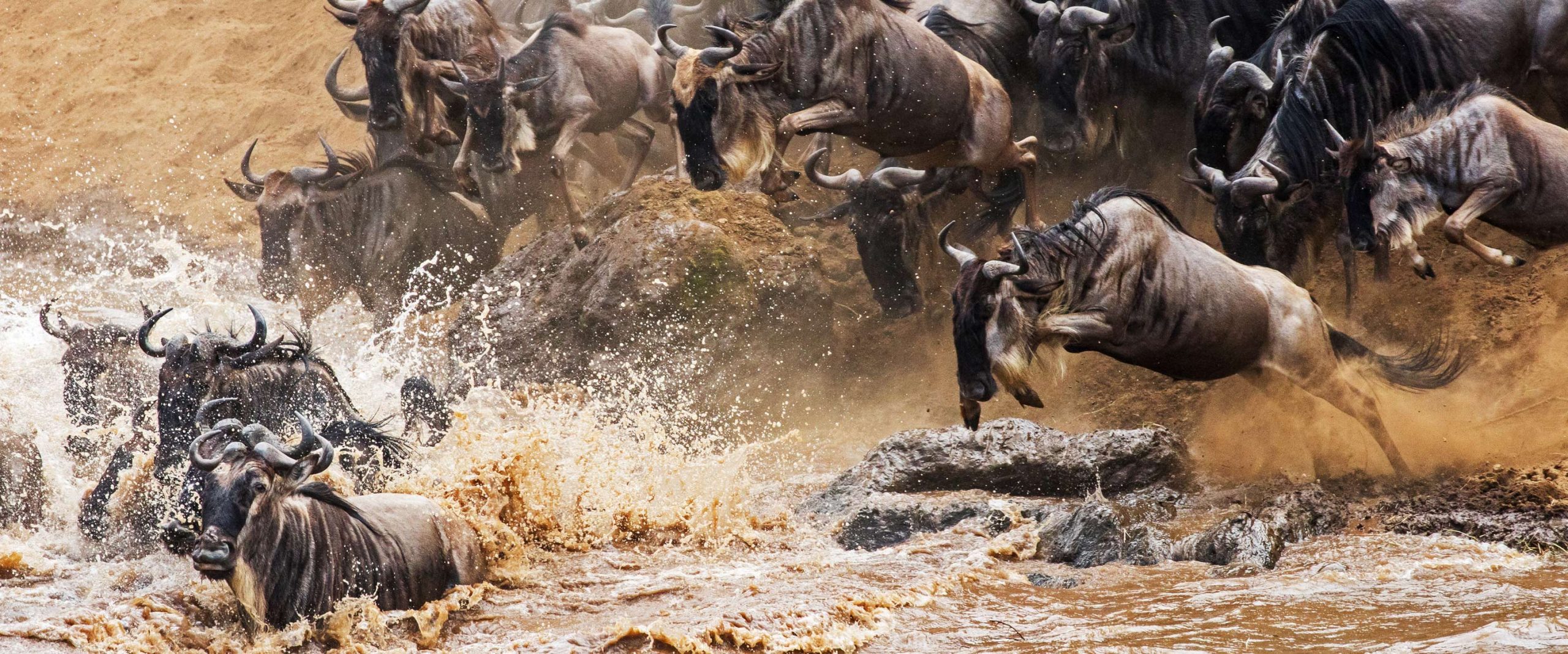
The Mara River crossing is not the only climax
THE MARA RIVER CROSSING IS NOT THE ONLY CLIMAX
Before Mara, many cross Tanzania’s Grumeti River in June. It is an intense event during which the air is filled with nervous energy and sounds of stomping hooves, frantic swimming and the bloodthirsty snapping of enormous crocodiles.
Then, between July and September, even more dramatic river crossings occur in the northern Serengeti into the Maasai Mara National Reserve, which can continue into September. The Maasai Mara National Reserve is a beloved wilderness of great abundance. During the intense migration, thundering wildebeest and zebras are faced with crocodile-infested waters as they cross the Mara River into the reserve, only to be followed by large predators including lions, leopards, cheetahs and spotted hyenas.
An estimated 250 000 wildebeest do not make it. The consolation is breathtaking vistas of rolling hills, open grassland, acacia woodland and riverine forests where fresh grass and water welcome the survivors and close to 500 species of birds. During October and November, herds are on the move south as they leave the Maasai Mara and head back to the Serengeti, completing the circle.
Before Mara, many cross Tanzania’s Grumeti River in June. It is an intense event during which the air is filled with nervous energy and sounds of stomping hooves, frantic swimming and the bloodthirsty snapping of enormous crocodiles.
Then, between July and September, even more dramatic river crossings occur in the northern Serengeti into the Maasai Mara National Reserve, which can continue into September. The Maasai Mara National Reserve is a beloved wilderness of great abundance. During the intense migration, thundering wildebeest and zebras are faced with crocodile-infested waters as they cross the Mara River into the reserve, only to be followed by large predators including lions, leopards, cheetahs and spotted hyenas.
An estimated 250 000 wildebeest do not make it. The consolation is breathtaking vistas of rolling hills, open grassland, acacia woodland and riverine forests where fresh grass and water welcome the survivors and close to 500 species of birds. During October and November, herds are on the move south as they leave the Maasai Mara and head back to the Serengeti, completing the circle.
The never-ending journey of these giant herds of grazers in Northern Tanzania is nothing short of sensational.
THE NEVER-ENDING JOURNEY OF THESE GIANT HERDS OF GRAZERS IN NORTHERN TANZANIA IS NOTHING SHORT OF SENSATIONAL.
For many, witnessing their expedition is the ultimate wilderness experience. It is the epitome of classic African scenery and the perfect setting for photographers and filmmakers.
During peak migration season, lodges in private concessions are preferred for exclusive, crowd-free sightings. This show of a lifetime can also be witnessed from a hot air balloon.
FOR MANY, WITNESSING THEIR EXPEDITION IS THE ULTIMATE WILDERNESS EXPERIENCE. IT IS THE EPITOME OF CLASSIC AFRICAN SCENERY AND THE PERFECT SETTING FOR PHOTOGRAPHERS AND FILMMAKERS.
During peak migration season, lodges in private concessions are preferred for exclusive, crowd-free sightings. This show of a lifetime can also be witnessed from a hot air balloon.
ADORE INSPIRES
ADORE INSPIRES



